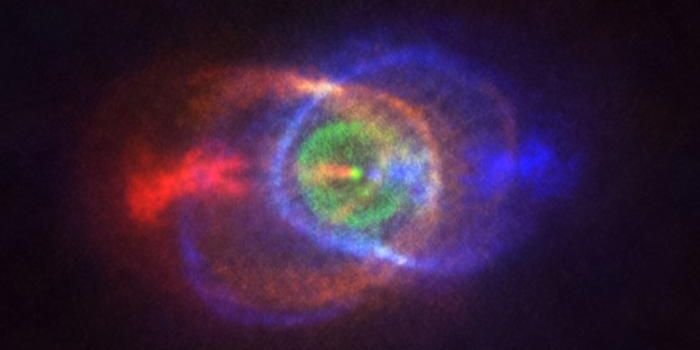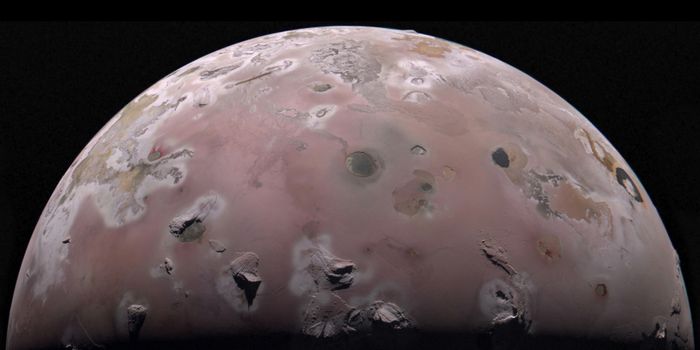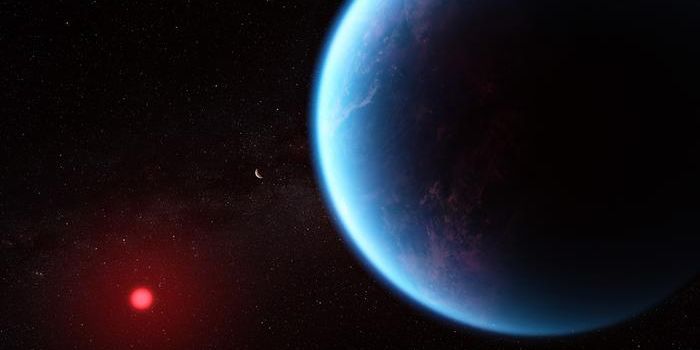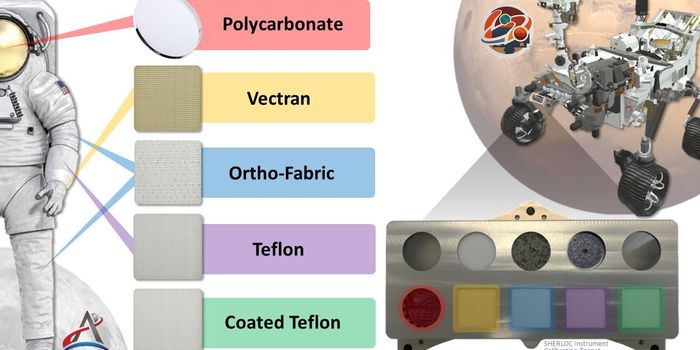Early Universe Black Holes: New Insights from Hubble's Latest Survey
How did black holes form and how many existed in the early universe, or less than one billion years after the Big Bang? This is what a recent study published in The Astrophysical Journal Letters hopes to address as a team of researchers challenge longstanding hypotheses regarding the number of black holes that existed in the early universe, some of which have since become supermassive black holes that inhabit the center of several galaxies whose mass is equal to more than one billion suns. This study holds the potential to help scientists better understand the conditions of the early universe and how the universe came to be today.
"Many of these objects seem to be more massive than we originally thought they could be at such early times — either they formed very massive or they grew extremely quickly," said Alice Young, who is a PhD student from Stockholm University and a co-author of the study.
For the study, the researchers used NASA’s Hubble Space Telescope to conduct a follow-up study based on a 2004 survey, known as the Hubble Ultra Deep Field, also using Hubble regarding the earliest galaxies in the early universe that formed less than one billion years after the Big Bang. For this most recent study, the researchers imaged the same area to better understand the brightness of galaxies, which could indicate the presence of black holes.
New image of the Hubble Ultra Deep Field, revealing black holes in the early universe. (Credit: NASA, ESA, Matthew Hayes (Stockholm University); Acknowledgment: Steven V.W. Beckwith (UC Berkeley), Garth Illingworth (UC Santa Cruz), Richard Ellis (UCL); Image Processing: Joseph DePasquale (STScI))
In the end, not only did the researchers identify more black holes that existed in the first billion years of the universe, but that they were born from massive stars collapsing at the same time, as well. Additionally, the team presents other plausible explanations for black hole formation this early in the universe, including collapsing gas clouds and star mergers. Now, researchers can help develop new models for the early universe.
"The formation mechanism of early black holes is an important part of the puzzle of galaxy evolution," said Dr. Matthew Hayes, who is an associate professor in the Department of Astronomy at Stockholm University and lead author of the study. "Together with models for how black holes grow, galaxy evolution calculations can now be placed on a more physically motivated footing, with an accurate scheme for how black holes came into existence from collapsing massive stars."
What new discoveries about black holes in the early universe will researchers make in the coming years and decades? Only time will tell, and this is why we science!
As always, keep doing science & keep looking up!
Sources: The Astrophysical Journal Letters, EurekAlert!, NASA, NASA (1)









